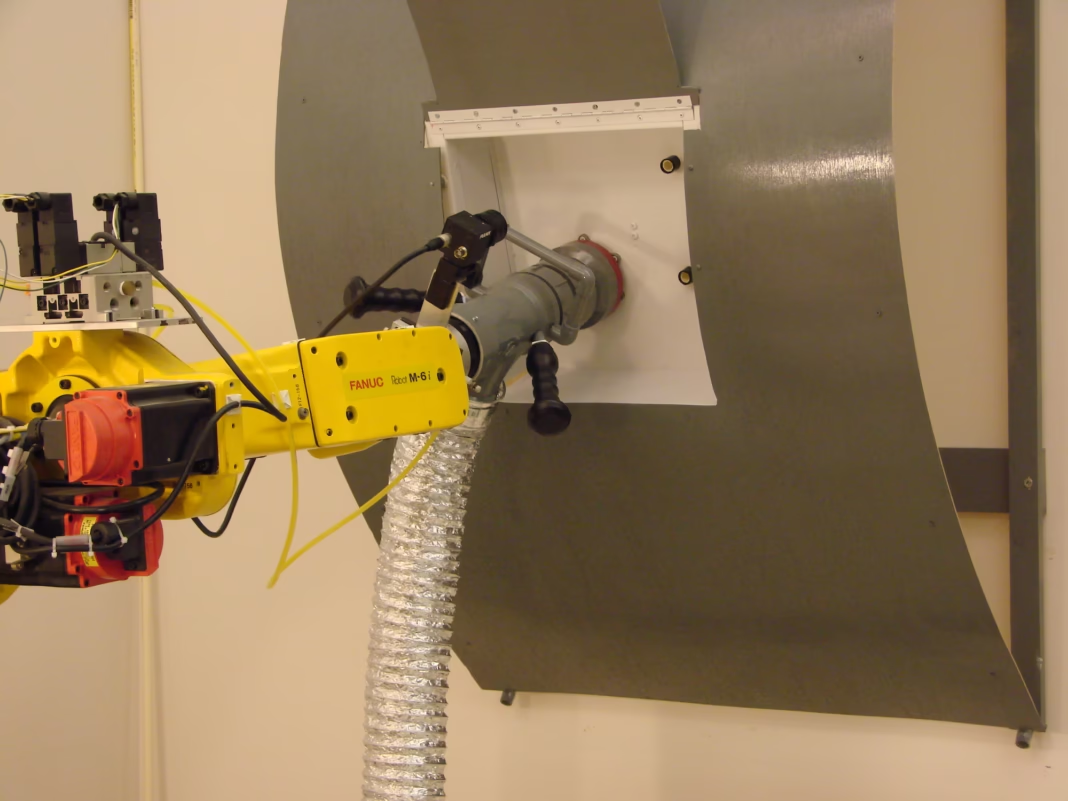The U.S. Navy’s vision of integrating unmanned aerial systems into carrier operations is coming closer to reality with the development of the MQ-25 Stingray, an autonomous aerial refueling drone.
Developed by Boeing, this cutting-edge technology aims to enhance the Navy’s capabilities by extending the range and endurance of carrier-based aircraft.
Successful Refueling Trials
The MQ-25 has already achieved significant milestones, including a successful mid-air refueling of an F-35C Lightning II fighter jet in September 2021.
This marked a historic moment, as it was the first-ever refueling between an unmanned tanker and a stealth fighter. The test demonstrated the potential of autonomous systems to support naval aviation and reduce reliance on traditional refueling aircraft.
Vice Admiral Daniel Cheever, head of Naval Air Forces, has highlighted the importance of the MQ-25, calling it a key component in the Navy’s future carrier air wing.
“This technology unlocks new possibilities for manned-unmanned teaming, allowing our fleet to operate more efficiently and with greater reach,” he said.
Operational Deployment on the Horizon
The Navy expects the MQ-25 to be integrated into aircraft carrier operations by 2025. The drone will replace some refueling duties currently handled by the F/A-18 Super Hornets, freeing up those aircraft for combat and other missions.
The Stingray’s ability to refuel aircraft in flight will enable longer missions and improved operational flexibility, making it a crucial asset for U.S. naval power projection.
As part of a broader push towards automation, the MQ-25 Stingray represents the first step in a new era of autonomous naval aviation. It is expected to pave the way for more sophisticated unmanned systems that could take on roles ranging from intelligence gathering to combat operations.
Future Implications for Naval Warfare
With the integration of robotic refueling drones, the Navy is demonstrating its commitment to leveraging emerging technologies to maintain strategic superiority.
The successful deployment of the MQ-25 could lead to further advancements in the use of unmanned aerial systems in high-stakes military operations.
As testing continues, the Navy remains confident that the MQ-25 Stingray will play a transformative role in its aviation strategy, marking a significant step toward a more technologically advanced and efficient fleet.
Also Read

